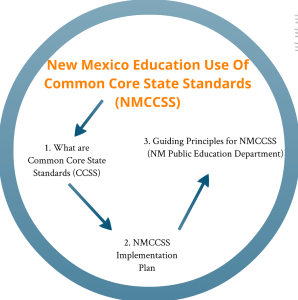Whew! Sixteen hour election day poll work took a couple of days recovery time. Definitely not as young as I used to be.
Because this article on reverse engineering in healthcare seemed to have a number of interesting parallels with Education I thought I’d pass it on in the blog. Just substitute “education” for “healthcare” in the article. Here’s a summary:
Reverse innovation works because the different conditions in higher- and lower-income settings change the ‘push’ and ‘pull’ factors that drive innovation.
What happens when you create health care solutions specifically for patients in low-income settings? It turns out that learning from and investing in these settings can be powerful ways to tackle problems at home that require out-of-the-box thinking. These differences include:
- Higher volume for lower price. Radical approaches are often needed to achieve acceptable performance at ultra-low price points.
- Less developed infrastructure allows rapid implementation of new solutions.
- Sustainability is important in resource-limited areas, favoring “green solutions.”
- Fewer regulations quicken the pace of innovation.
- Preferences are different, inspiring creative design.
- Overwhelming need increases the ‘purpose motive,’ fueling innovators who want to make a difference.
These six attributes make lower-income settings appealing places to create, test, and scale new ideas (In ABQ/BERNCO, think ABC Community Schools Partnership for pre-K-12 and Mission Graduate: 60,000 for K-12 and beyond).
So, just how do ideas move through a reverse innovation pipeline?
- Identify a high priority problem shared between lower- and higher-income settings. For example, affordable, user-friendly diagnostics, or a mobile health information technology solution to a pressing health care issue.
- Innovators in lower-income settings must create a solution that spreads to the first 15% of the population, or the “early adopters.” This usually happens only if the idea is better, relevant, simple, easily tested, and visible to others. Endorsement by early adopters pushes an innovation past its tipping point, where it is then likely to spread to the population at large.
- The idea must cross-pollinate from lower- to a higher-income settings. Here the critical link is between lower-income early adopters and higher-income innovators. Whether these parties connect in-person or online, the quality of the interaction must facilitate sufficient trust to allow the idea to cross over. Building relationships over time helps create “spannable social distances,” such that the two parties find each other credible enough to take a risk on the other’s idea.
- The idea has to spread in the higher-income setting. Again the innovation must be better, relevant, simple, easily tested, and visible to others. It must also overcome the resistance of existing infrastructure and other established solutions. If the idea is clearly effective in lower-income settings, this can help lower the barrier to adoption.
The article provides three very interesting real-world examples in Diagnostics, Health IT, and Service Delivery.
In short, reverse innovation has tremendous potential to align incentives and disrupt existing systems and technologies. We’re just seeing the tip of the iceberg (or, as their African colleagues like to say, the ears of the hippopotamus – I just love that analogy).
Also … beware the resistance inherent in disrupting existing systems.
What can we do to increase the pace of reverse innovation? For starters, we can:
- Identify high-priority problems that could potentially be solved in lower-income settings.
- Empower lower-income innovators and early adopters through seed funding, competitive “innovation awards,” or other mechanisms.
- Bring lower-income early adopters and higher-income innovators together through conferences or learning collaboratives (live or virtual).
- Track reverse innovation activity globally, identifying and removing barriers to spread.
Many intractable problems in health care could be solved if we accelerated the spread of ideas through the reverse innovation pipeline. To do this, we will need to think differently, invest in reverse innovation, and work together to solve common problems.
Again, think of the work being done today by ABC Community Schools Partnership for pre-K-12 and Mission Graduate: 60,000 for K-12 and beyond.
Read the complete article here.

